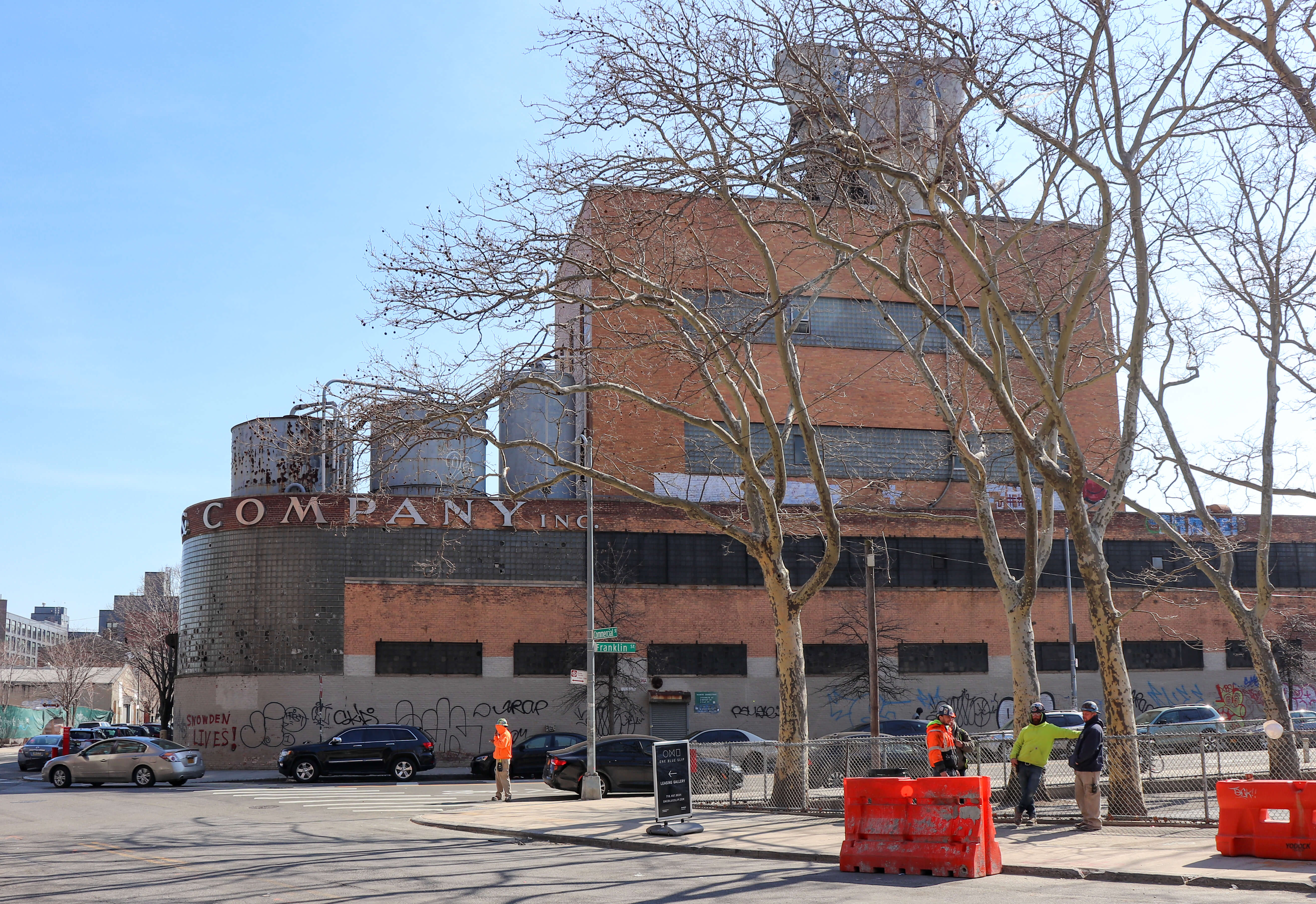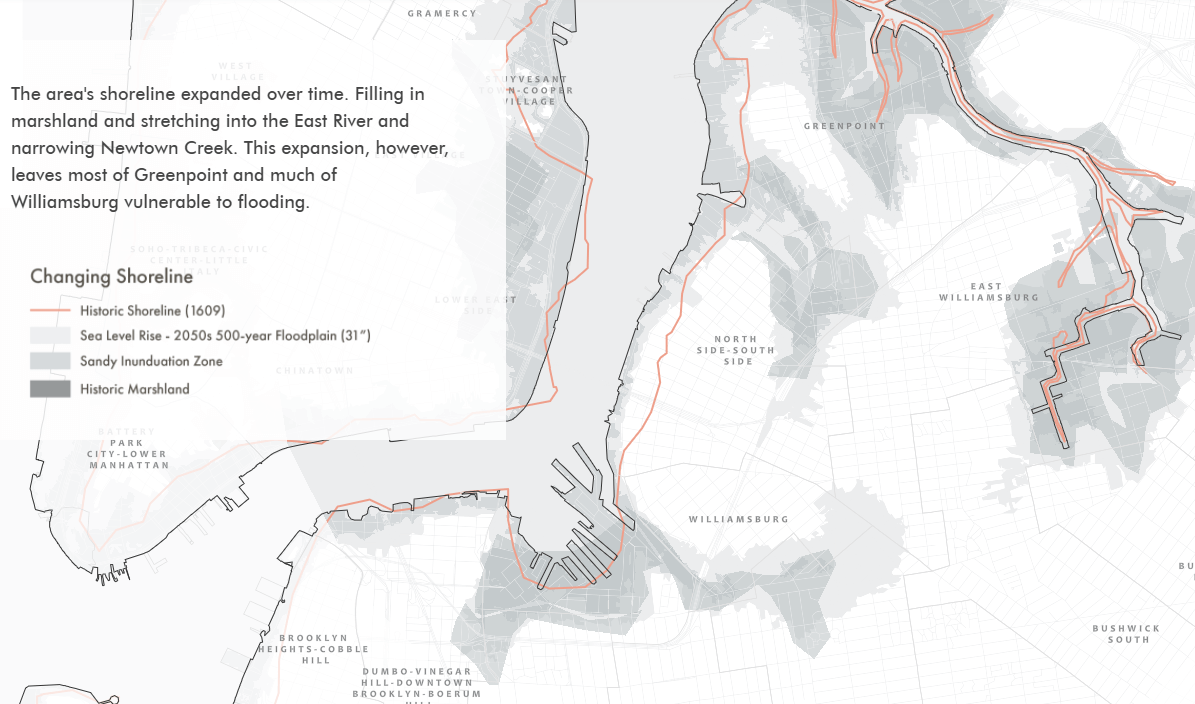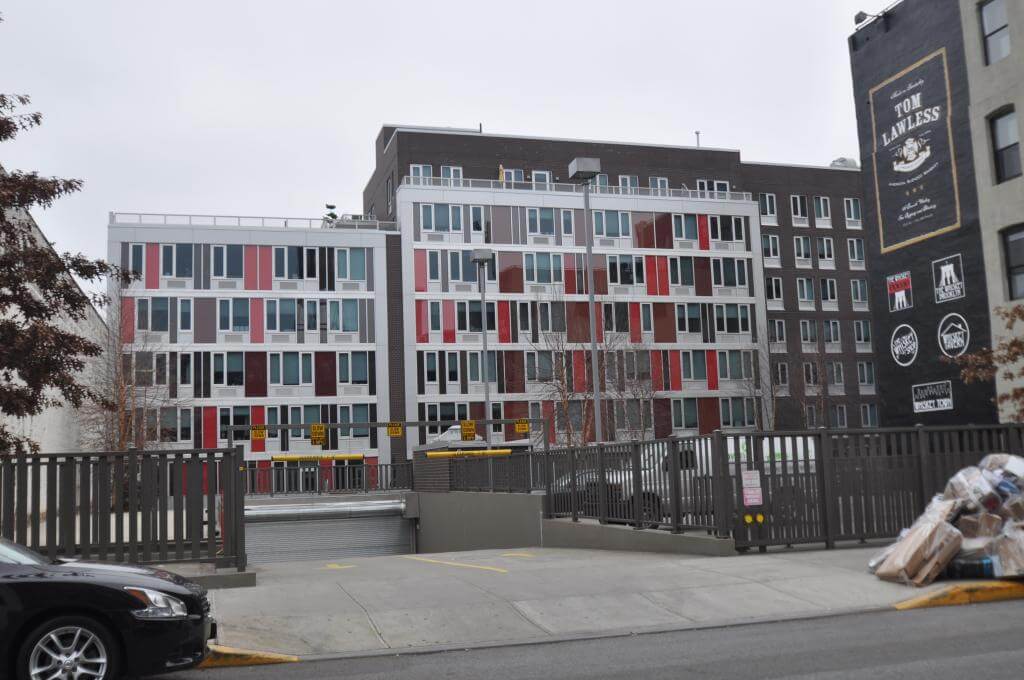Interactive Map Tracks North Brooklyn's Industrial Past and Environmental Legacy
North Brooklyn environmentalists and Pratt Institute have created a map charting historic environmental pollution in Greenpoint, Williamsburg and adjacent neighborhoods.

Map via North Brooklyn Neighbors Screenshot/North Brooklyn Neighbors
North Brooklyn environmentalists and Pratt Institute have created a map charting historic environmental pollution in Greenpoint, Williamsburg and adjacent neighborhoods.
The local nonprofit North Brooklyn Neighbors, together with the academics, launched the map as part of their Environmental Legacy and Improvements project back in May. Their goal, according to the head of the group, is to help residents at the borough’s northern end know what toxic materials are buried beneath them, how they got there, and make it easier for them to organize and advocate for a cleaner community.
“The environmental concerns can be very daunting and scary and the map can provide information on how these things got there and how the neighborhood has worked on these things for a long time,” said Anthony Buissereth, executive director of North Brooklyn Neighbors. “Our goal is that folks feel empowered and not scared.”

The organization has worked with Pratt Institute’s Spatial Analysis and Visualization Initiative since 2018 to pull the often complex and obscure environmental data from various city, state, and federal agencies and layer it onto a map of the area with simple background explanations of each polluted site.
Scrolling through the ELI site, text, images and old maps lay out the history of north Brooklyn and its changing uses — from being the ancestral land of the Keskachauge people, a subtribe of the Lenni Lenape, through to its industrial heyday in the 19th and 20th centuries, and the development of glittering residential towers replacing low-rise manufacturing buildings along its waterfront at the dawn of the 21st century.
The area’s heavy industry caused a lot of today’s toxic pollution, such as the Greenpoint oil spill in which some 17 to 30 million gallons of oil leaked from local refineries into the soil and flowed into Newtown Creek for decades until officials discovered it in 1978.
There is also the former NuHart Plastics Manufacturing Plant at the corner of Dupont and Franklin streets, where faulty storage tanks leaked some 60,000 gallons of hazardous chemicals into the ground, which the state’s Department of Environmental Conservation designated a Superfund Site in 2010.

Another more recent example is 34 Berry Street, where the owner of a luxury apartment complex applied for the state’s Brownfield Cleanup Program to remediate toxic soil years after building residences on top of it.
Many of the cleanup programs in the area are either a precursor to or as a result of new real estate development. Buissereth of North Brooklyn Neighbors said that the extent of contamination remains less explored in other areas as a result, such as below Meeker Avenue in Greenpoint and in East Williamsburg, where DEC found several plumes of toxic chemicals known as chlorinated solvents in 2007, likely buried there due to years of dumping by the area’s industrial dry cleaners and metalworking companies.
“One of the things that spurs exploration is development, that’s why we know a lot about the western portion of the neighborhood,” Buissereth said. “I would say the Meeker Avenue plumes are a little less explored. We know how large the plumes are, but it is a little less explored.”

At the bottom of the ELI site, locals can also report concerning or interesting finds and pin it on the map, making it a more crowdsourced database for the neighborhood, according to Buissereth.
“The idea is for folks to work with and use the data and inform what they’re concerned about, but also build on that by connecting with neighbors,” he said. “We try to inform folks about potential harms, but also equip them with information and advocacy on how they can navigate it.”
Editor’s note: A version of this story originally ran in Brooklyn Paper. Click here to see the original story.
Related Stories
- Demolition Permits Filed for Harte and Co. Factory Complex in Greenpoint
- From Radiation to Black Mayonnaise: 5 of Brooklyn’s Most Polluted Sites
- Developers of Luxury Williamsburg Complex Look to Clean Toxic Soil Years After Building Completion
Sign up for amNY’s COVID-19 newsletter to stay up to date on the latest coronavirus news throughout New York City. Email tips@brownstoner.com with further comments, questions or tips. Follow Brownstoner on Twitter and Instagram, and like us on Facebook.









What's Your Take? Leave a Comment